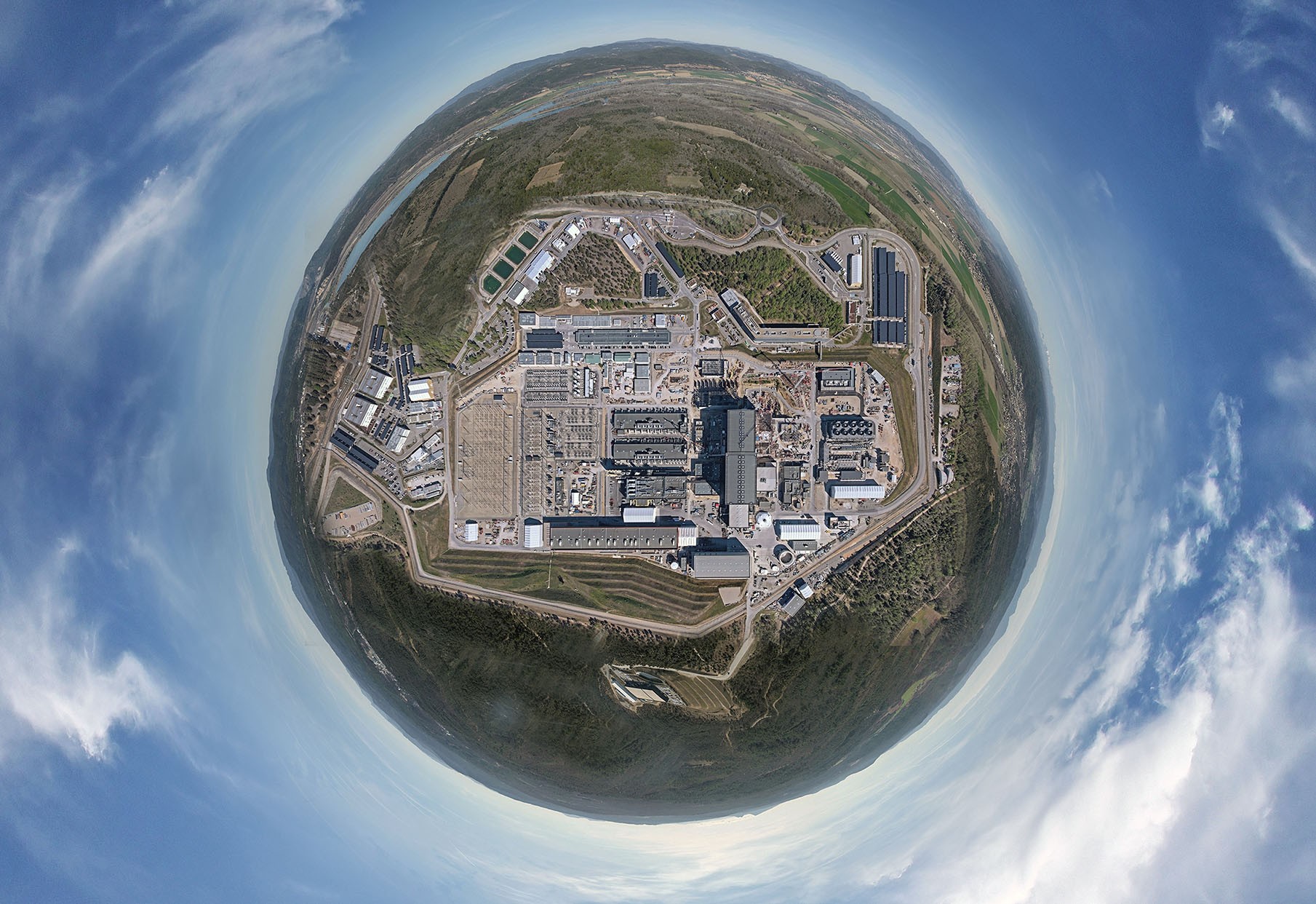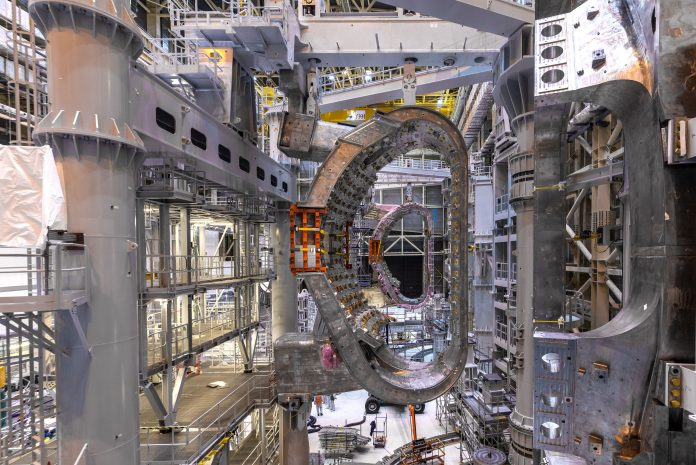Laban Coblentz, Head of Communication at ITER Organization, charts the emerging global innovation programme for fusion energy
A curious thing happened to fusion energy somewhere between Glasgow and Dubai. At COP-26, the 2022 climate change conference in Glasgow, the first substantial panel on fusion was presented, a breakthrough after years of rejected proposals.
Two years later, at COP-28 in Dubai, fusion energy seemed to be everywhere. Private sector fusion companies, fusion component suppliers, international organisations with fusion interests, and fusion NGOs were out in force. The United States climate envoy, John Kerry, announced the launch of a global fusion innovation programme, backed by a star-studded panel.
Fusion energy: What changed?
Not all fusion experts agree. Some would point to the surge in private investment – more than $6 billion in just the past few years – as proof that fusion energy has reached its technology transfer tipping point: while some high-risk concepts are likely to fail, some are sure to succeed. Others, including seasoned insiders, are dismayed by the hype: they see a deluge of exaggerated timelines for delivering fusion power that could discredit all fusion R&D by association, as private fusion ventures experience delays or fail outright.
What is undeniable is the surge in fusion activity and visibility. What is powering it?
One clear driver is the positive impact fusion energy would have if successful. Society is hungry for a solution to climate change, a clean alternative to fossil fuels. The installation of renewable energy is escalating, yet solar panels and wind turbines are poorly suited to power mega-cities and energy-intensive industries. Nuclear fission suffers from public concerns over safety and waste – although that appears to be changing in some countries. The commercialisation of carbon capture technologies remains elusive.
Fusion power could conceivably be a better solution than any of these. Fusion energy is proven in nature; it powers the sun and stars. Terrestrial fusion, if demonstrated to be practical, could bring a wealth of advantages: massive baseload energy, safety inherent in the physics of the fusion reaction, vastly reduced waste concerns in comparison to fission, and abundant fuel supply, which might lead to secondary geopolitical benefits.
Fusion power: Where’s the problem?
The fusion caveat lies in the science and engineering challenges still to be overcome. While fusion has been demonstrated in multiple human-engineered research devices, no experiment to date has been sized and configured to produce a sustained, controlled “burning” (self-heating) plasma – which, translated, means this element of “fusion R&D” is still in the realm of basic science.
More practically, the physical structure of most fusion devices under development is that of a geometric heat source, poorly configured to efficiently remove the heat produced from the fusion reaction. The proper materials are lacking; deuterium-tritium fusion, when successful, produces a concentrated bombardment of neutrons so violent and energetic that it threatens to rapidly degrade any material it meets.
And while deuterium is abundant, tritium is scarce; the envisioned solution is not only to capture the intense energy of fusion neutrons but also to perfect the alchemy of transmuting lithium – embedded in the reactor walls – into tritium, for recapture as fusion fuel.
Fusion insiders agree that these are solvable issues, but agreement stops there. Some blithely predict fixes in the next five to ten years; these predictions infuriate others, who insist that solutions will still take decades. Since no one has a precise map, detailing how or when the barriers will disappear is, at best, inconclusive.

ITER Project: The first industrial-scale fusion device
Leading the global pack is the ITER Project, a 35-country collaboration to build the first industrial-scale fusion device. Delays and cost overruns have beset ITER. Some say this points to poor management. Others see problems inherent in the ITER procurement arrangement, in which the countries involved – China, Europe, India, Japan, Korea, Russia, and the United States – science and technology powerhouses all, but unlikely bedfellows – contribute 90% of the project’s costs in the form of components.
With more than 1 million components, many of them first-of-a-kind, requiring groundbreaking innovation, the notion of manufacturing ITER’s parts in hundreds of factories on three continents, then shipping them all to the South of France to be assembled into a single device seems, well, pharaonic, certainly. Supporters argue that however challenging this complex arrangement is, it creates a global fusion supply chain and that ITER’s successes outweigh any setbacks.
The most misleading narrative is that private sector success will make ITER and other public sector fusion projects irrelevant. In fact, the two are complementary. ITER is a sort of convergent national lab for its Member countries: a fusion plant capable of integrating the multiple technologies required, enabling a massive set of repeatable experiments at scale. Like Aesop’s tortoise, ITER is slow but sure.
Private sector initiatives, by contrast, are capable of risk, “productive failure,” and versatile innovation that can drive forward the global body of fusion knowledge. In an ideal fusion R&D ecosystem, the two would work together.
Go faster as a global fusion innovation programme?
In November 2023, the ITER Council representing Member governments took a stunning decision – some would say a shift in mission – requesting ITER to engage with the private sector. The logic is clear: we share a common dream; we disagree on method; we disagree on timing, but we agree remarkably on the remaining challenges, so why not break down our silos of information to see if we can go faster as a global fusion innovation programme?
This is a developing idea. The proof will be in the pudding. But given the surge in fusion interest, the timing couldn’t be better. Stay tuned.

This work is licensed under Creative Commons Attribution-NonCommercial-NoDerivatives 4.0 International.











